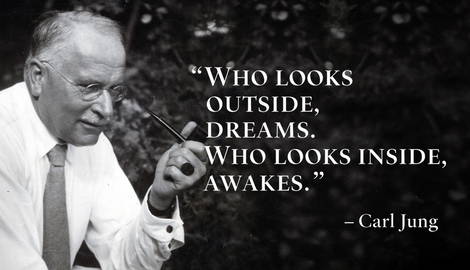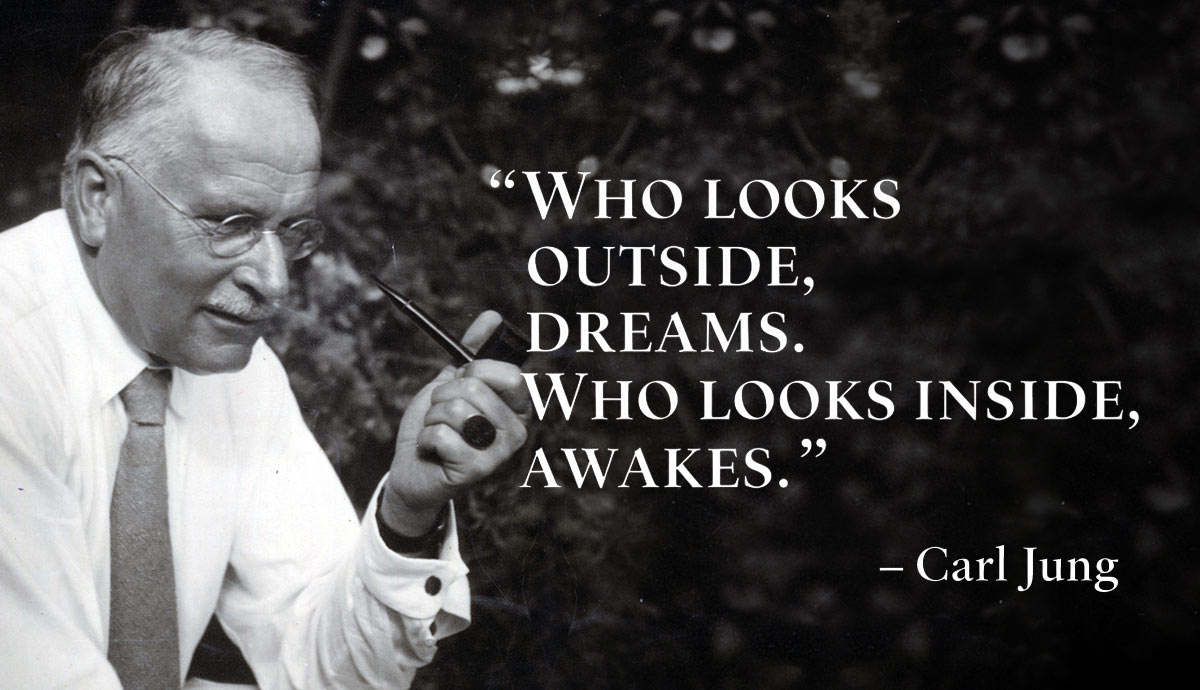
Carl Jung is one of the most influential and controversial figures of modern psychology. His profound insights into the structure and dynamics of the human psyche left a timeless imprint on our understanding of unconscious processes, healing, and imagination. In this article, we explore the profound meanings behind Jung’s most popular quotes within the broader context of his psychological framework.
“When an inner situation is not made conscious, it happens outside, as fate”
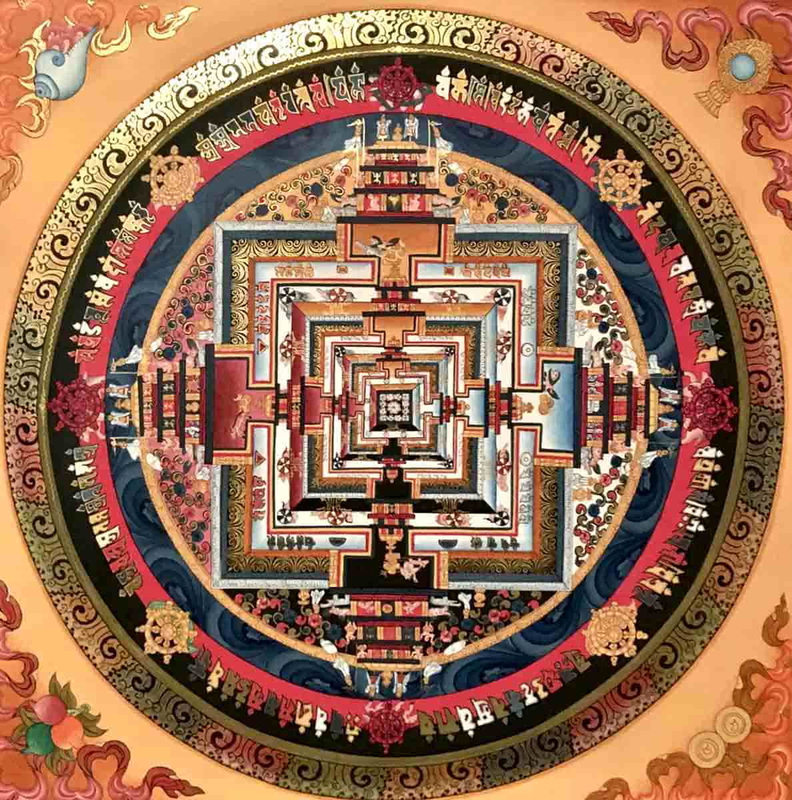
The essence of Jungian psychology is to make the unconscious conscious. In Aion, Jung warns us of the dangers of doing otherwise: “When an inner situation is not made conscious, it happens outside, as fate”. The contents of our unconscious will direct our lives as long as we do not integrate them into our conscious awareness. Just as our freedom is limited by the conditions and events of the outside world, so is it limited by the dictates of our inner lives.
Whenever we don’t face our unconscious inwardly, it will be externalized and act as an objective occurrence beyond our control. Jung refers to this phenomenon as a “psychological rule” in the context of the necessity of integrating the opposing characteristics of the Self, such as the feminine and the masculine, the shadow and the persona, or the personal and the collective. Whenever one side of the opposition is predominantly unconscious, it is bound to manifest in our lives as fate.
“One does not become enlightened by imagining figures of light, but by making the darkness conscious”
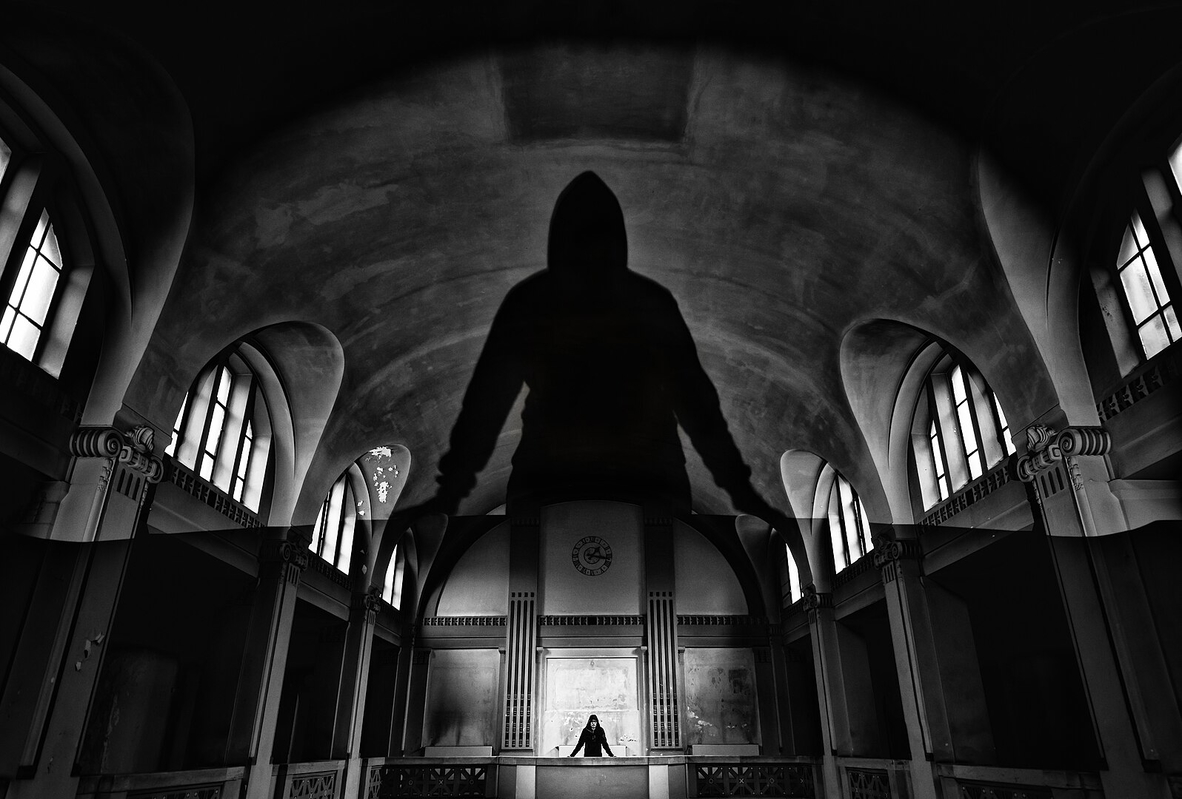
In Alchemical Studies, Jung famously claimed that “One does not become enlightened by imagining figures of light, but by making the darkness conscious”. Contextually, Jung was addressing the idealistic trends of Western theosophy. However, his observation applies, more generally, to the prevalent misconception that the path to enlightenment involves focusing on exalted ideals. According to Jung, true enlightenment is only possible by encountering our darkness – the shadow. The shadow represents everything we personally and collectively reject and repress about ourselves.
It includes our capacity for evil, our most painful traumas, and self-hate. Integrating the shadow into consciousness requires tremendous courage and radical self-acceptance. Despite the pain of facing the shadow, it remains the only path to real and sustainable psychological and spiritual growth. Jung considered shadow work a cornerstone of the journey of individuation. In alchemical terms, he likened it to the phase of nigredo or ‘blackening’.
“Who looks outside dreams; who looks inside awakes”
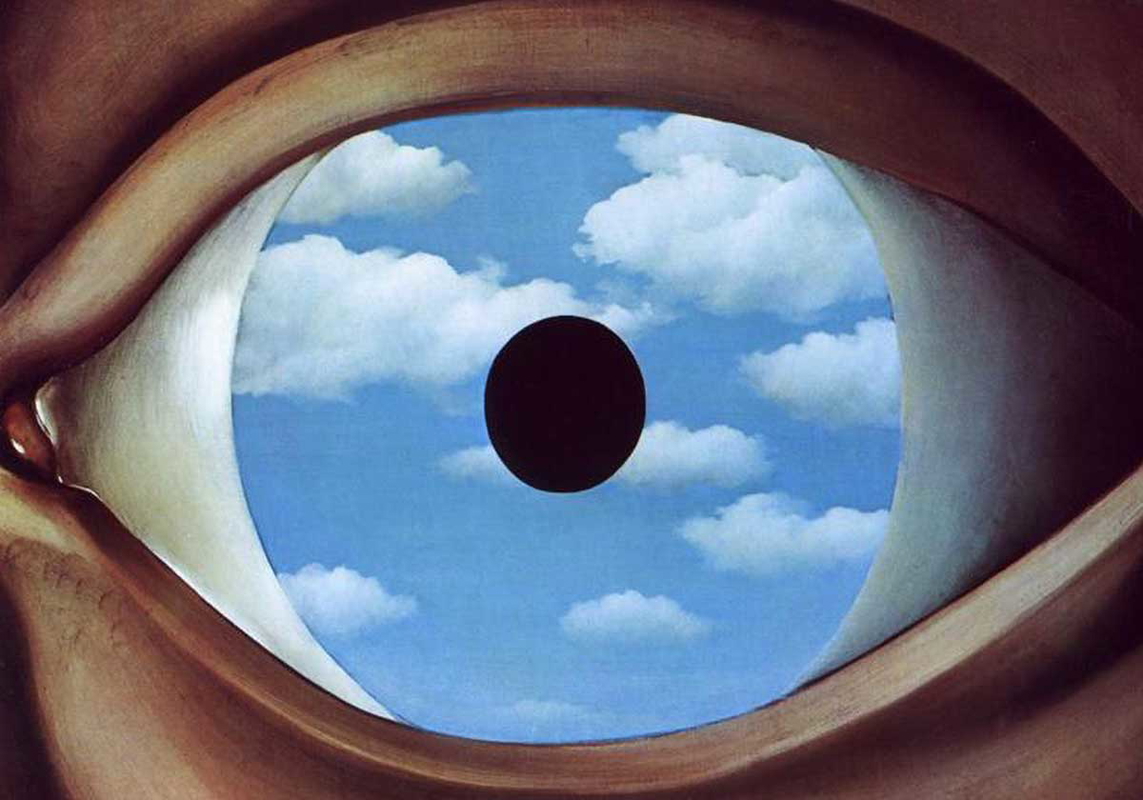
One of Carl Jung’s most popular aphorisms is “Who looks outside dreams; who looks inside awakes”. The statement was originally written in 1917 in a correspondence with one of his patients. In his letter, Jung advised his patient to look inwardly, rather than outwardly, in order to find the mental clarity and harmony she sought. The contrast he established between the inner and outer perspectives encapsulates the core principle of his psychological approach, which does not focus on addressing the particularities of external situations, but on the internal realities that underlie them.
According to Jung, true awakening necessitates a dive into the depths of our own psyche. If we look outside, we risk losing ourselves in a world of ever-elusive projections – a false and illusory reality. However, if we look inwardly, we can recover and integrate who we truly are from the mysterious darkness of the unconscious into the light of consciousness.
“The debt we owe to the play of imagination is incalculable”
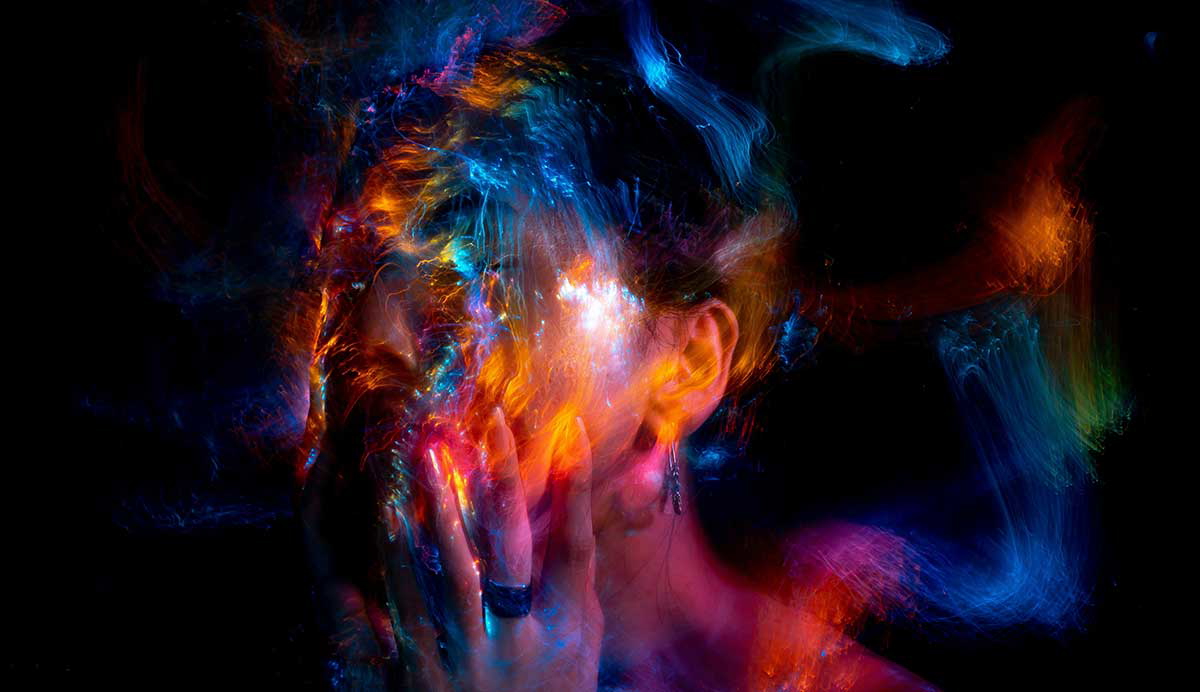
In Psychological Types, Jung famously said that “the debt we owe to the play of imagination is incalculable”. Every great work of art, moment of inspiration, or creative act is the result of the play of imagination. For Jung, however, imagination was not only the source of humanity’s creative genius, but a powerful healing method. If we allow our imagination to flow freely and spontaneously, it could reveal the contents of our unconscious. In that regard, he deemed imagination superior to dreams because it was a means of accessing the unconscious in the waking state. Jung formalized the ‘play of imagination’ into a therapeutic method called ‘active imagination’.
This method was not only integral to his own healing journey and clinical practice, but also the origin of all creative art therapies we know today.
